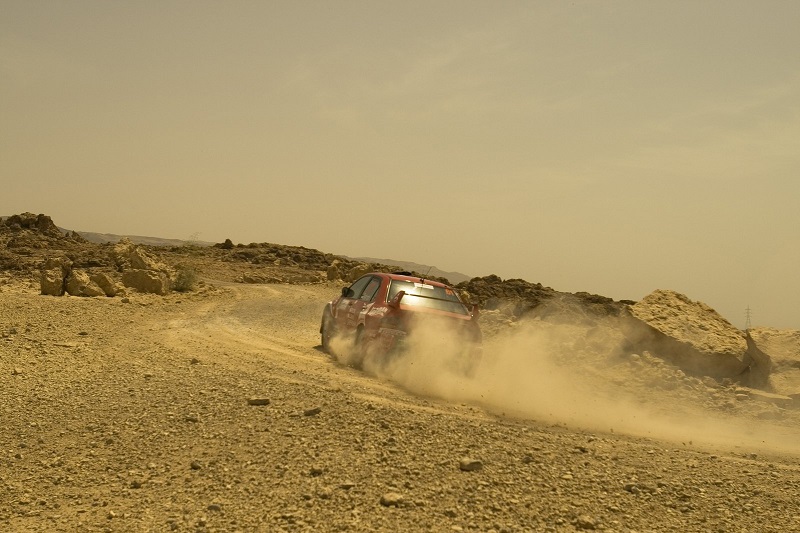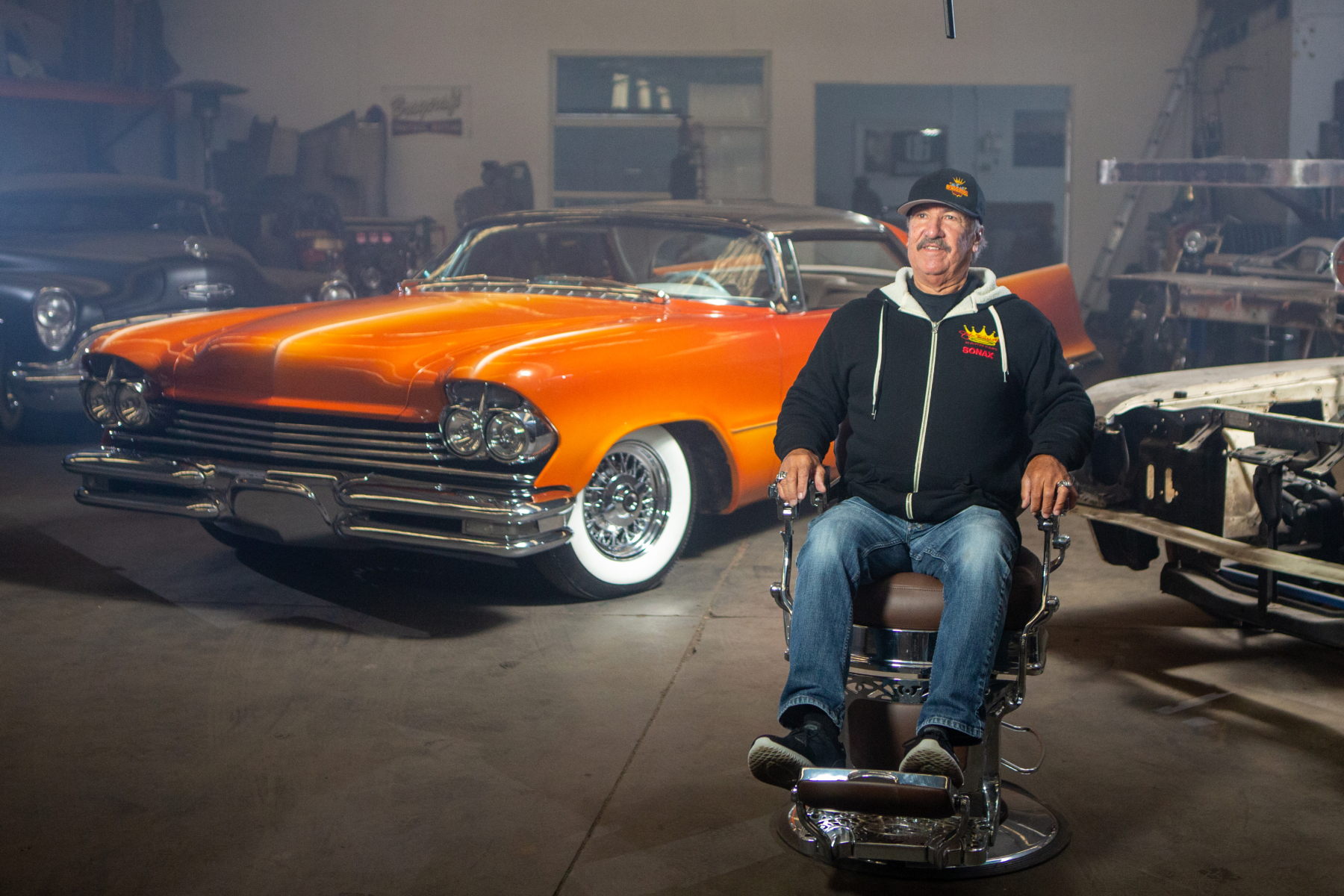

As an insurer involved predominantly with much loved and rarely driven vehicles, Enthusiast Insurance isn’t prominent in the world of automotive adventuring. However, we still acknowledge and celebrate the legacy of those extraordinary people who created the heritage of long-distance rallying.
Call them Rallies or Marathons, Safaris, Trials or Raids, these events attracted a profusion of automotive brands, many of the world’s best drivers and its most resourceful engineers.
The event that first captured global imagination and prolific media coverage was the 1968 London-Sydney Marathon. However, there had been plenty of forerunners, dating way back to the dawn of automotive history.
Crossing the USA by automobile was popular and the first recognised feat of this kind came in 1903 when two men in a Packard took 71 days to complete the journey.
Four years later and their daring looked insignificant when compared with the exploits of competitors in the world’s longest and most challenging auto race.
An event running from Peking to Paris was devised by a French newspaper, probably in the hope that a French car would win. However, after 9300 of the most arduous kilometres travelled by any pioneering motorist, the first of just four cars to finish was an Italian-built Itala.
Various re-enactments and Peking-Paris tribute events have been conducted; most recently in 2019 when the winning vehicle was an Australian-built Leyland P76, crewed by the late Gerry Crown and Matthew Bryson. Crown at the time of his victory was 86 years old.
War and political instability from 1910 to 1945 ensured that events needing to cross continents and national borders were difficult to organise. However, once the threat of militarism diminished a variety of long-distance rallies were conducted.
First up was one of the most challenging; a Pan American road race covering 3500 kilometres through Mexico and won in 1953 by future World Formula One champion Juan Manuel Fangio.
Across the Atlantic, over equally challenging roads and also through different countries, ran another new event – the East African Safari. It premiered in 1953 as a Coronation commemorative event and for the first decade of its existence was dominated by British crews (even if the inaugural win was by a Volkswagen).
At various times during its long history, the Safari has been part of the World Rally Championship and winning one is regarded by leading drivers as a major career achievement.
1953 also saw the first running of an event that became institutional in Australian motoring lore. The ReDex Trial sent allegedly stock production cars, mostly crewed by amateur drivers, on a ‘lap of the map’ that most Australians would never attempt.
The ReDexes gave way to other, less arduous trials promoted by oil companies before becoming too risky and disappearing. Then came the 1970 Bicentennial of Captain Cook’s arrival and need for a major event that didn’t involve creaky old sailing ships. Ampol stepped up with a revival of the Round Australia events, followed in 1979 and 1995 by a couple more with Repco sponsorship.
However, it was the 1968 Marathon that will live in the memories of all who participated – not many are left – and those who stood for hours in the desert or on crowded city streets to watch the rally cars go by.
Dramas occurred before the field even left Europe, with crashes and mechanical ailments affecting some favoured cars. By the time the participants reached Perth, things had settled and a dozen of the world’s best race and rally drivers were set to battle for victory.
Then, on an innocuous road in Southern NSW, the nature of the entire event changed. A spectator car, travelling on a section which competitors said should have been closed to traffic, collided head on with the leading Citroen and seriously injured its lead driver, world sport car ace Lucien Bianchi.
Victory under such circumstances was not sweet but accepted by Scottish driver Andrew Cowan who had kept an overweight and underpowered Hillman in touch with the leaders. Cowan would go on to win numerous rallies including Australia’s own Southern Cross.
Eight years later, the organisers tried again to conduct a Marathon – won by Cowan again but in a Mercedes-Benz – however the drama and public involvement of the initial event were not there.
Far more exciting from an Australian perspective was the 1974 World Cup Rally which started in Africa, traversed parts of the Sahara Desert and would see surviving cars arrive at Munich, Germany to commemorate that city’s hosting of the soccer World Cup.
Plenty of famous drivers were involved, including former F1 star Stirling Moss who almost perished in the desert. Locals Evan Green and John Bryson also didn’t fare too well in the Sahara either but did, in a bulky and derided P76 V8 against purpose-built rally machines, win a special stage on roads that had previously been part of the famous Targa Florio road rally.
In an act of immense serendipity though, it was a Citroen which arrived first into Munich to avenge its 1968 disappointment and with an all-Australian crew on board. Among that group of three was one Kenneth Vernon Tubman who, in 1953, had won the very first ReDex Trial in another French car – on that occasion a Peugeot.
Long distance rallying still relies on international cooperation and open borders and right now the world isn’t flush with either. Whether we see any more international automotive contests and the form they may take – electric vehicles across Antarctica? – is unknown.
However, cars like the ones that contested such events remain numerous and popular and we know that Enthusiast clients do own vehicles that in years past have sat on at least one victory dais. Yes, Hillman owners, we mean you.
Enthusiast also understands how valuable some models have become in a short space of time and continually adjust our value listings to reflect the replacement cost of significant models.
If you are insured elsewhere and don’t use your vehicle as regular transport, please spend a few minutes online with Enthusiast www.enthusiast.com.au Your enquiry will help us detail the many benefits of Enthusiast cover and how we are able to offer such levels of protection at a competitive premium.
Accept a quote from Enthusiast and your insurance can commence immediately, with payments deducted monthly from a credit or debit card with no additional fee.

